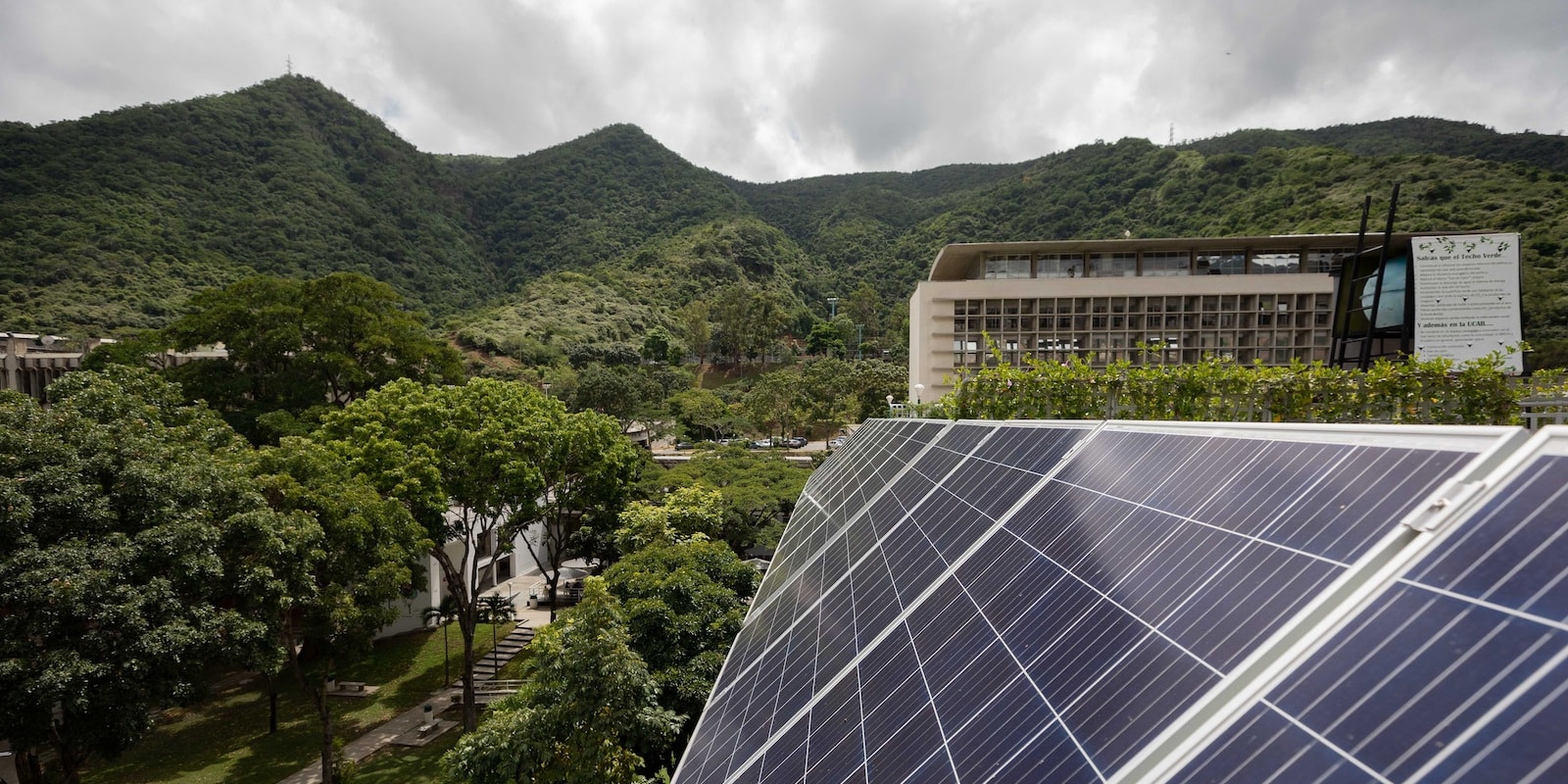Tuesday, October 24, 2023
In Spain, the average person spends a quarter of their day online. Every WhatsApp message sent, photo uploaded to a social network and video viewed has an impact on the environment and generates carbon emissions. This is known as digital pollution.
Photo by EFE/Gema García
All this digital activity requires, even if we are not aware of it, a considerable energy expenditure. In 2018, the Information and Communication Technologies sector was responsible for between 6 and 10% of electrical energy expenditure, according to a study from Canada's McMaster University, which forecasts growth of up to 20% by 2030. If the Internet were a country, it would rank sixth in energy expenditure and first in population, since at the end of last year 5 billion people had access to the network and consumed 97 zettabytes of data, according to figures provided by Statista. This growth doubles the number of cybernauts compared to 2014, when only 2.4 billion people were online.
There are currently an estimated 7 billion cell phones. Fernando Clavero, professor of Communication at the Rey Juan Carlos University, notes that around "80% of smartphone energy consumption is in the production phase, where more than 968 terawatt-hours were consumed to put them on the market", similar to the energy consumption of India in a year.
Regardless of whether it is a cell phone, a tablet or a laptop, all devices have an unseen environmental impact from the moment they are plugged in until the end of their useful life. The reality of the cloud, while seemingly an abstract concept, is much more concrete. It is a set of interconnected servers operating 24 hours a day to store and process millions of pieces of data, which requires the use of about 1% of the planet's energy, according to a report by the International Energy Agency (IEA). For example, the largest data center in Madrid, Interxion, with more than 6,000 square meters of floor space, uses around 7 gigawatts of electricity per year, the same as a city of 200,000 people, if we consider Portaltic's data.
The impact of digital activity
Every minute, 231.4 million emails are sent worldwide, users upload 16 million hours of content to YouTube, and Amazon handles a total of $443,000 in commercial transactions. Below are some of the main findings of the Data Never Sleeps 10.0 report, produced annually by the company Domo.

Photo by EFE/Isaac Fontana
If we compare the latest study from 2022 with the first in 2013, the results point to a trend of substantial growth in just a decade. For example, for each minute, Google searches went from 2 to 5.9 million; photos shared on Instagram rose from 3,600 to 66,000; and posts on X—formerly tweets—per minute grew from 100,000 to 347,000 in just nine years.
All this activity does not go unnoticed, rather it leaves an environmental footprint. According to the French Environmental Agency, a 1 MB email generates up to 19 grams of CO2. The Guardian added that each internet search releases 0.2 grams of CO2 into the environment, and each hour of watching a streaming video generates 55 grams, the equivalent of driving a car for two kilometers.
Technology experts alert that Information and Communication Technologies (ICT) produce 5% of the world's greenhouse gas emissions. Comparatively, it pollutes more than the shipping (3%) and aviation sectors (2.1%). For their part, WhatsApp use, social networks, and especially storing data in the cloud consume 416.2 Twh, according to Website Carbon.
Steps to reduce the digital footprint
Recently, the technology industry has been working to find solutions to make the Internet more sustainable, using renewable energy to power the web. From a user's perspective, there are many simple recommendations to reduce the digital footprint:
- When sending an email, use the 'Reply all' option only if strictly necessary, as emails pollute proportionally to the number of recipients.
- Send unneeded emails to the trash to avoid digital pollution.
- Close all tabs that are not being used in the browser.
- To listen to music, it is best to download songs; offline use pollutes less than online.
- Compress, whenever possible, all files sent by email.
- Disable automatic video downloading to your cell phone and automatic app updates and cloud backups. The latter is responsible for 10% of smartphone data consumption.
In addition to these tips, there are others such as using as few GIFs as possible when talking on WhatsApp, unsubscribing from newsletters that you do not read, or turning off your computer when you are not going to use it for a long time. These all contribute to making your day-to-day online life more efficient and reducing your digital footprint.
¿Te ha parecido interesante?





